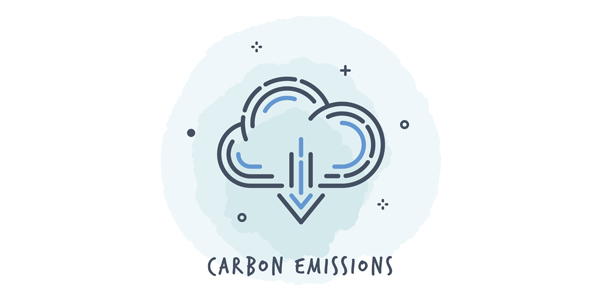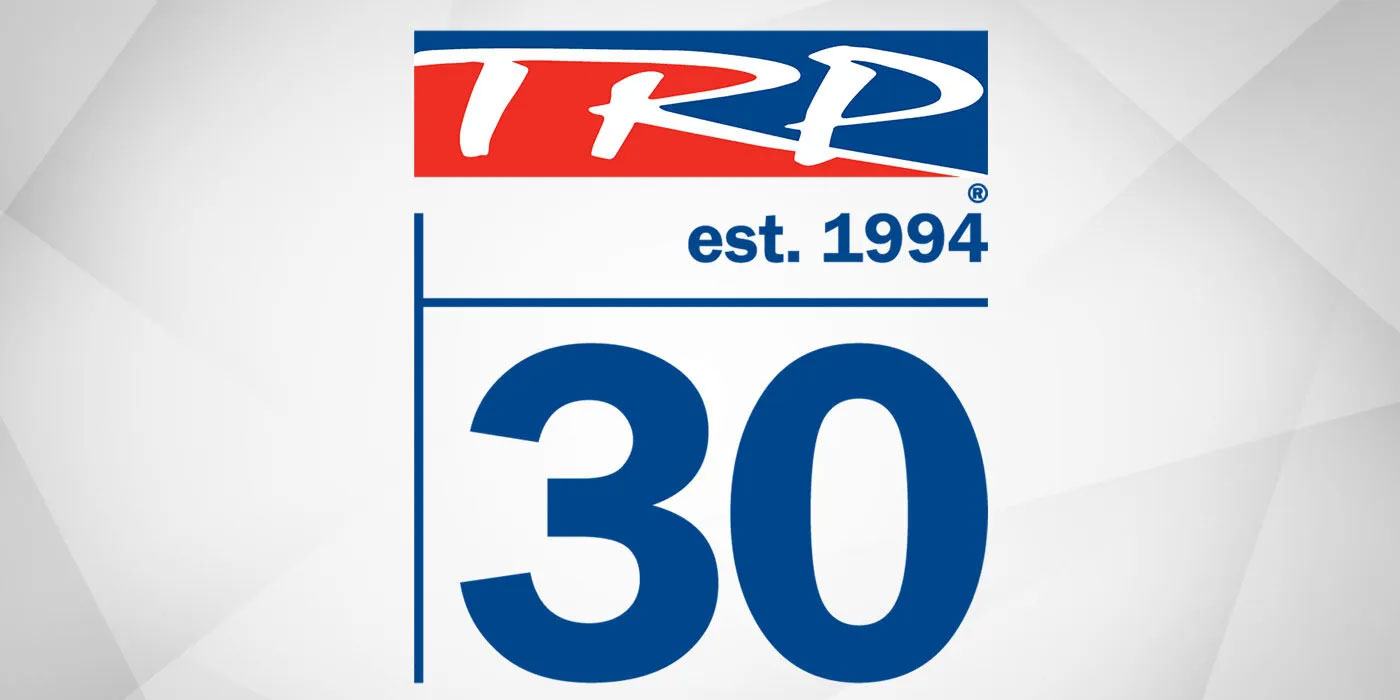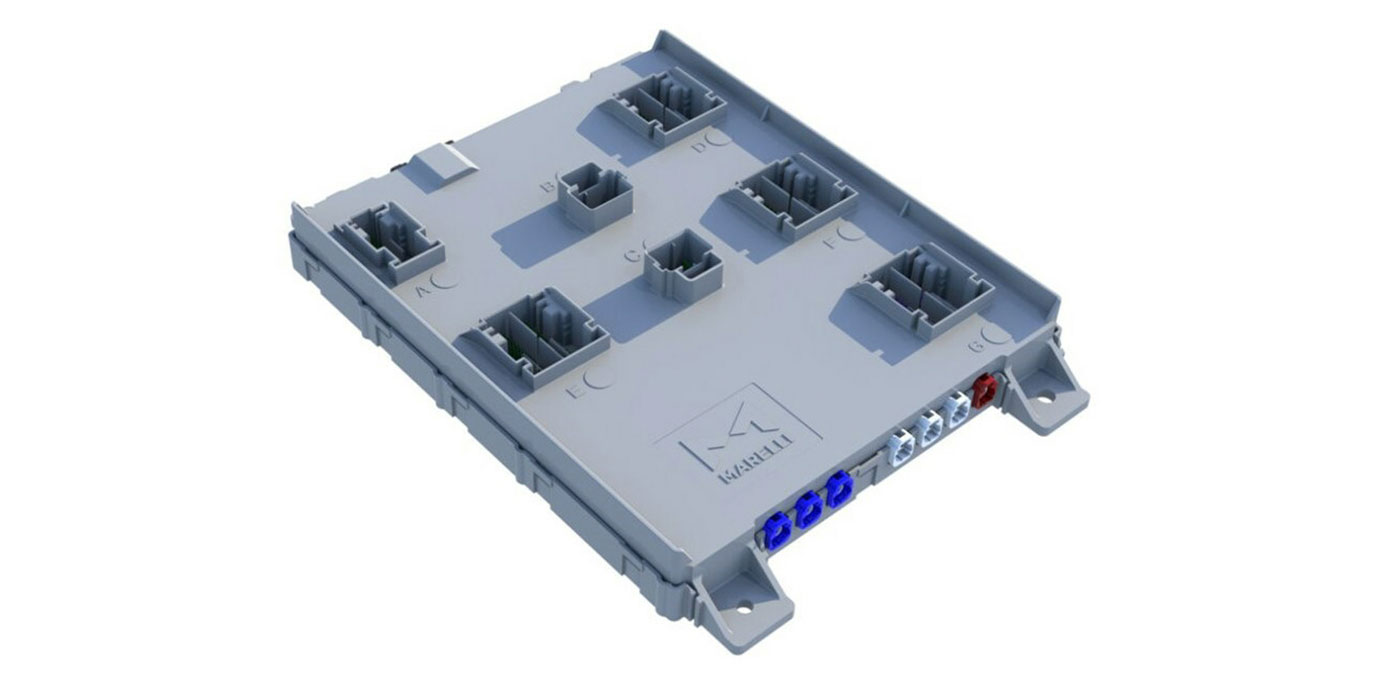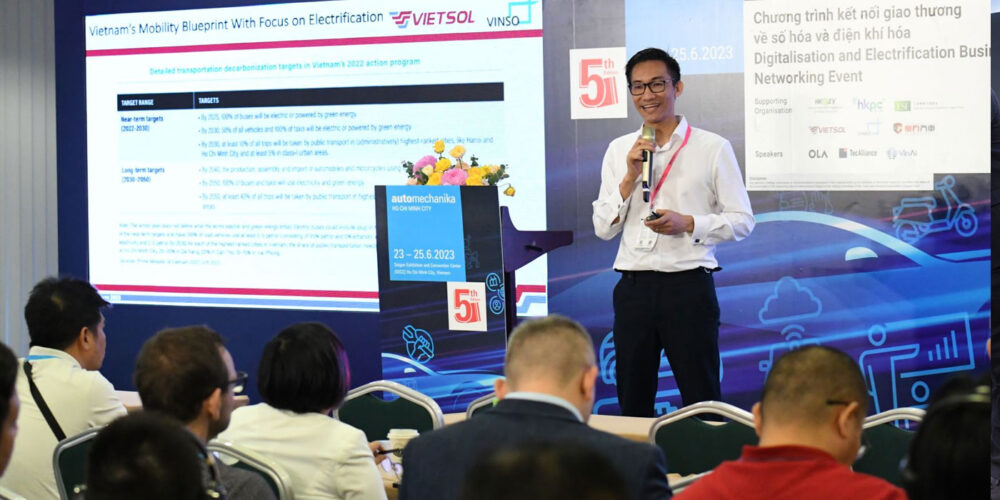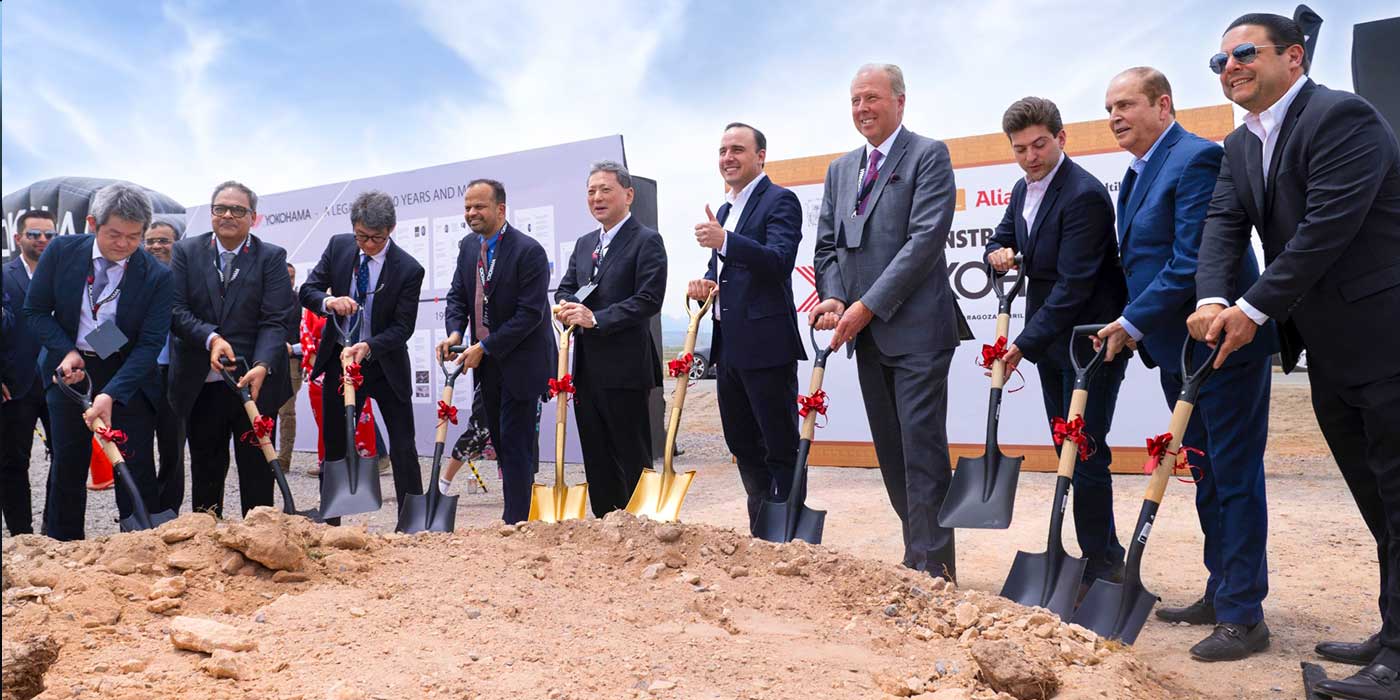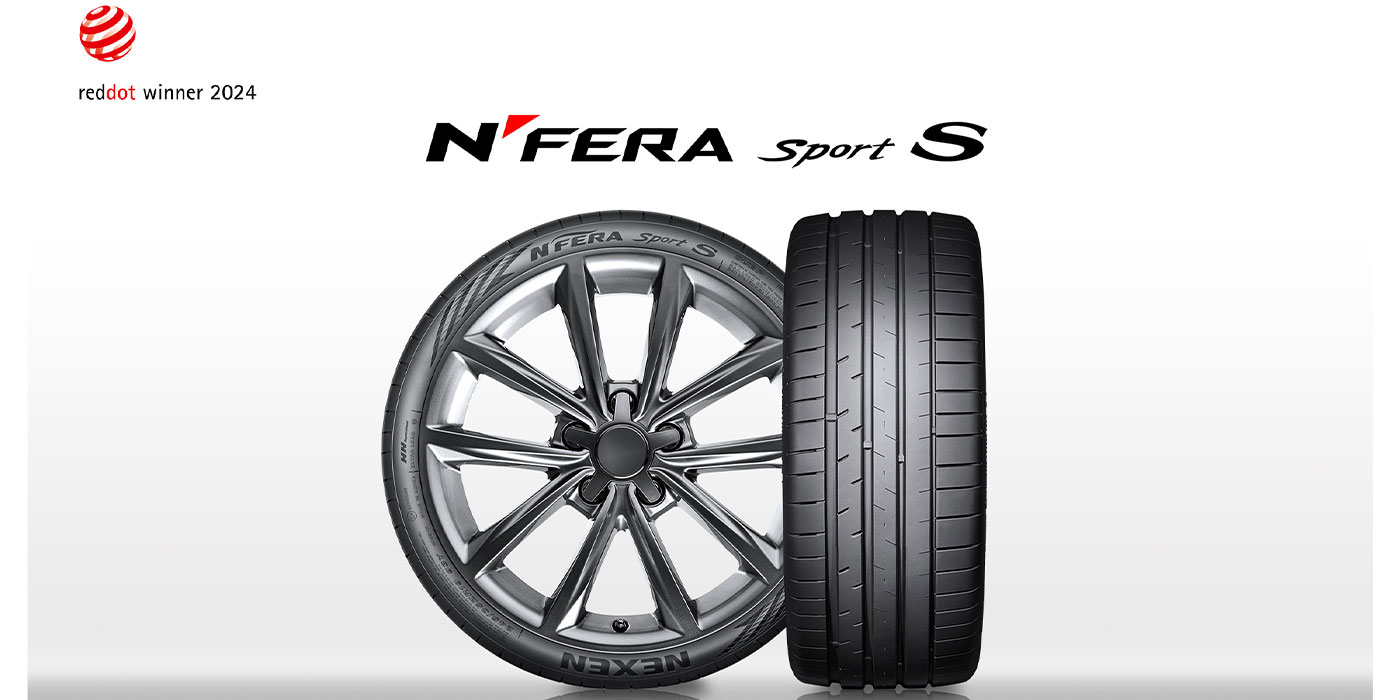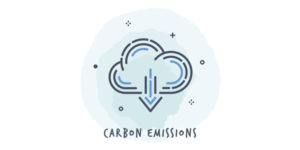
With its recently published study “Electric Vehicle Charging Infrastructure Market in India – Drivers, Restraints, Opportunities, Trends, and Forecast up to 2025,” Infoholic Research forecasts that the market for electric vehicle charging infrastructure in India will continue to grow, owing to the increasing government support for electric vehicles and electric vehicle charging stations.
India is witnessing severe air pollution in various cities, including Mumbai, Delhi, Gurugram, Ghaziabad, Lucknow and Bhiwadi. According to the World Bank estimates, air pollution costs India almost 8.5% of its GDP. To control the situation, the Government of India has set up a “Faster Adoption and Manufacturing of Electric Vehicles (FAME)” scheme. Currently, the second version of the scheme, FAME II, is in use. Under this scheme, the Government of India has plans to provide subsidy for 10 lakh two-wheelers, 5 lakh three-wheelers, around 55,000 four-wheelers and 7,000 buses. Under the scheme, in April 2019, the government approved INR 10,000 crore (around $1.4 billion) for faster adoption of electric vehicles. This is expected to accelerate the number of electric and hybrid vehicles on the road and will increase the need for electric vehicle charging stations in the country. This trend is expected to continue during the forecast period of 2019-2025, fueling the electric vehicle charging infrastructure market growth in India.
Based on the type of charging, the electric vehicle charging infrastructure market in India is segmented into direct charging and battery swapping. Direct charging is further segmented into fast charging and slow charging. The most commonly used fast charging methods include CHAdeMO and CCS. CHAdeMO is mainly used by Japanese automobile manufacturers, while CCS is widely used by most of the European, U.S. and South Korean automobile manufacturers.
One of the major hindrances for electric vehicles to get wide acceptance is the high charging time. Currently, on an average, a four-wheeler takes more than 1 hour for complete charging when it is charged using the fast charger and takes nearly 8 hours for a full charge on using a slow charger. This limits the number of vehicles that could be served in an electric vehicle charging station. Also, setting up a massive electric vehicle charging infrastructure requires a robust electrical infrastructure, which is currently not seen in many parts of India. This will remain a huge challenge for the acceptance of electric vehicles among the public.
“India is yet to reach a standardization in fast charging standards. This has led to confusion among electric vehicle charging station vendors regarding the type of fast charging standard to adopt, since installing both CHAdeMO and CCS methods will increase the capital cost of setting up a charging station. Once standardization is achieved, the number of electric vehicle charging stations will increase across the country,” said Arjun Das, senior research analyst, Infoholic.
Get a sample copy of the report by clicking here.
Access the full report summary here.

